A prison farm is a large correctional facility where hard labor convicts are put to economical use in a 'farm.'
In addition to being forced to labor directly for the government on a prison farm or in a penal colony, inmates may be forced to do farm work for private enterprises by being farmed out through the practice of "convict leasing" to work on private agricultural lands or related industries (fishing, lumbering, etc.).
The party purchasing their labor from the government generally does so at a steep discount from the cost of free labor. through the practice of
Depending on the prevailing doctrine on judicial punishment and penal harm, psychological and/or physical cruelty may be a conscious intent of prison farm labor, and not just an inevitable but unintended collateral effect.
The 13th Amendment to the United States Constitution, which ended slavery, specifically perpetuated the concept of "penal servitude" — i.e., unfree labor as a punishment for a crime.
Britain had a long history of penal servitude even prior to the passage of the Penal Servitude Act of 1853, and routinely used convict labor to settle its conquests, either through penal colonies or by selling convicts to settlers to serve as a slave for a term of years as indentured servants.
Though the prison farms of the American South were notorious for their cruelty and corruption, northern states also have a tradition of prison farming. In 21st-century Illinois, several prisons continue to run farms to produce food for wards of the state, including the prisoners themselves. The 1911 Britannica also reported that the state of Rhode Island had a farm of 667 acres in the southern part of Cranston City.
"Utterly isolated, apparently untouched for years – this place has the eerie kind of remoteness where every outside sound is startling and the thought of human habitation borders on the absurd.
The prison is small and old, a mere aging stain in a perfect countryside, a decaying heap of bricks surrounded by forests and a few tended fields. It’s entirely self-contained, from the dormitories to the kitchen and laundry room, the medical exam area, basement shop and tucked-away jail cells for those, presumably, who huffed too much pesticide and started flinging carrots. What's in rare supply are the traces of the inmates.
A strange order prevails. Many of the mattresses are still neatly folded even as the roof is caving in. Most notably, the very few instances of graffiti have already faded, and there are no bathroom or bedside scribbles by the prisoners. Has no one ever really stayed here? Is it all just a weird fata morgana of the cornfields? There isn’t anyone to ask. On a lovely summer day, only an odd sense of tranquility still permeates the corridors."
Julia Solis
All of the above photos are the work of Julia Solis

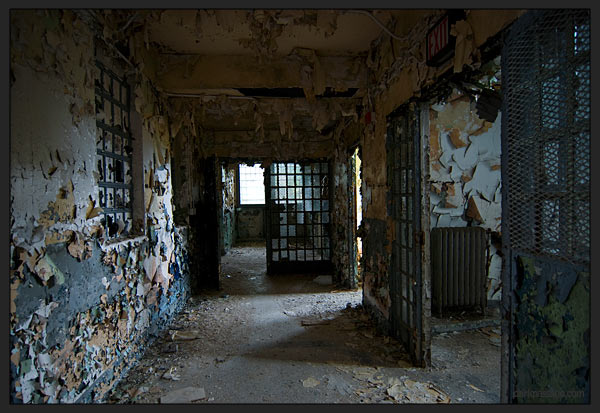

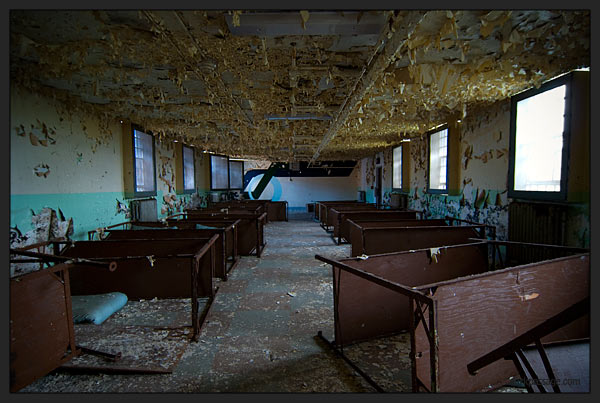
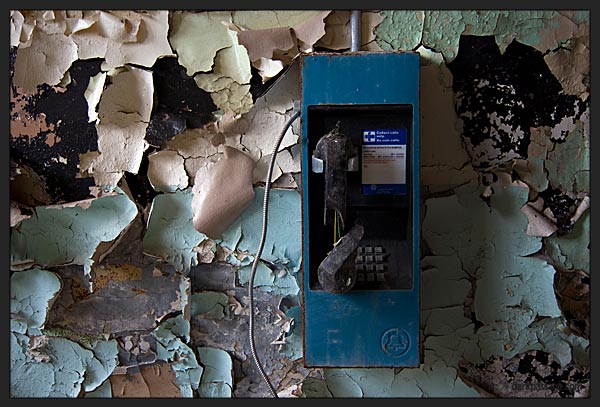
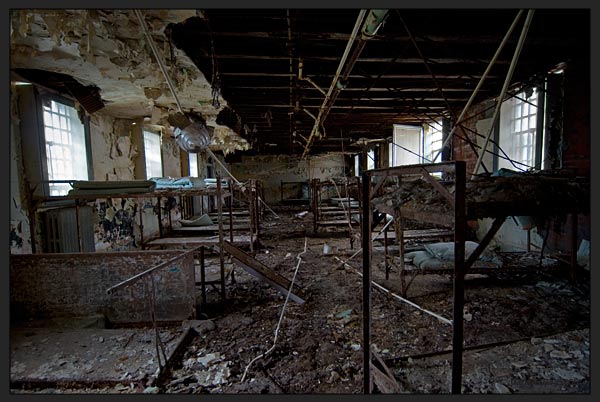

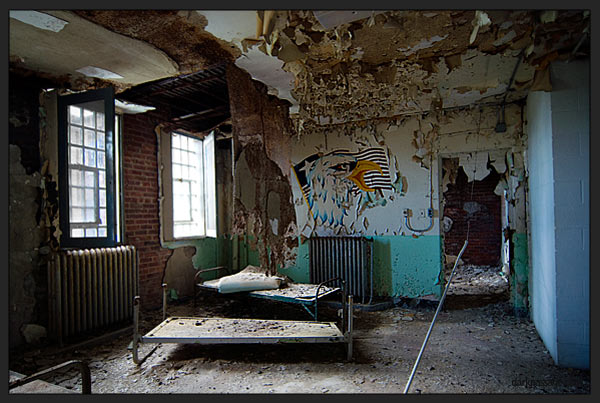

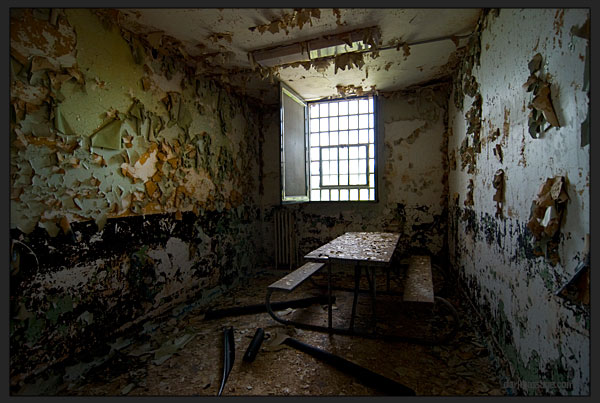


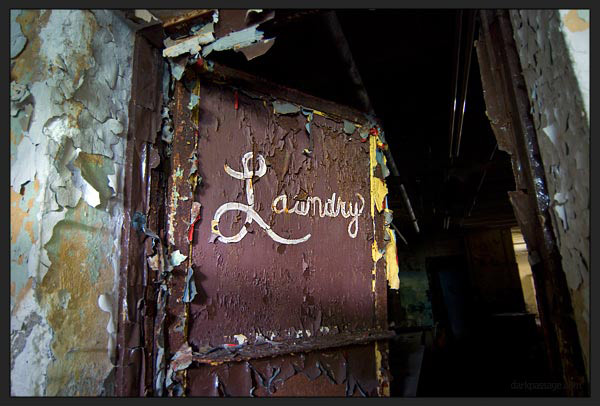
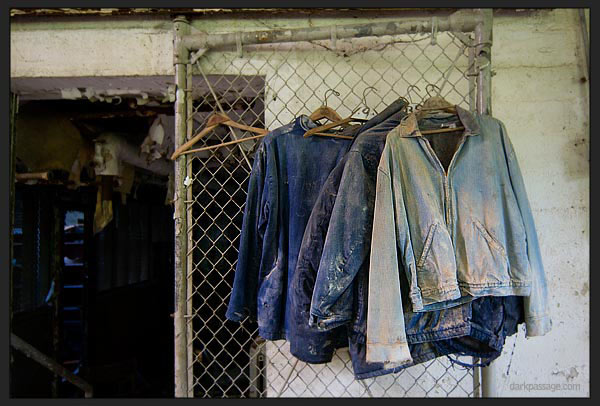
No hay comentarios.:
Publicar un comentario